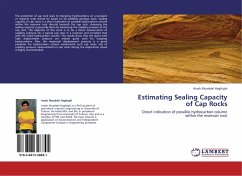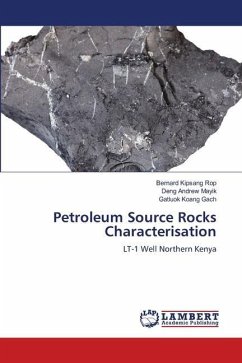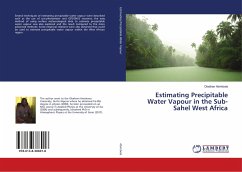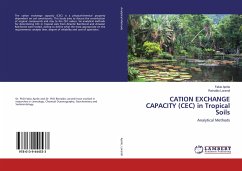The prediction of cap rock seals to migrating hydrocarbons on a prospect or regional scale should be based on all available geologic data. Sealing capacity of cap rocks is a direct indication of possible hydrocarbon column within the reservoir rock directly beneath the cap rock. Assessing the sealing capacity is generally done by measuring the capillary pressure of the cap rock. The objective of this work is to do a direct measurement of capillary pressure for a typical cap rock in a reservoir and correlate that with the initial hydrocarbon column. The results show that the layers with high displacement pressure are indeed good seals for trapping hydrocarbons. Also, the measured displacement pressure is a good predictor for hydrocarbon column underneath such cap rocks. Use of capillary pressure measurements in cap rocks during the exploration phase is highly recommended.








